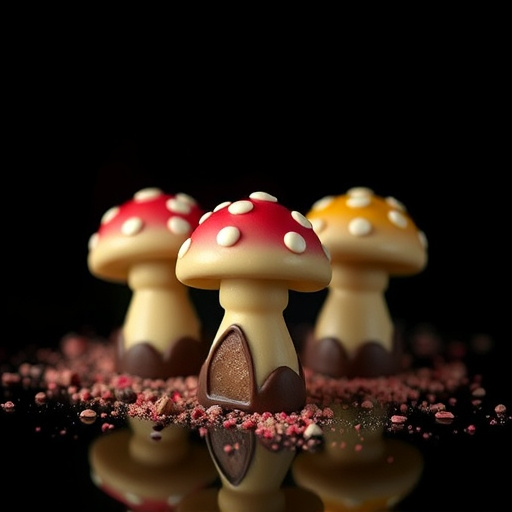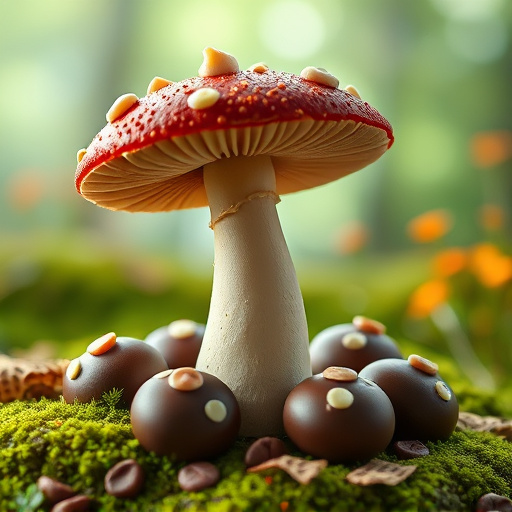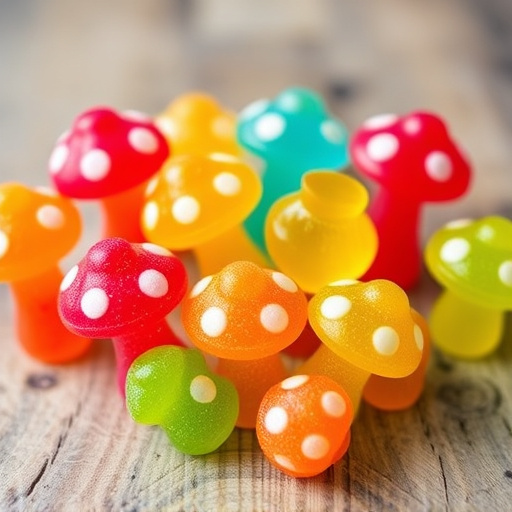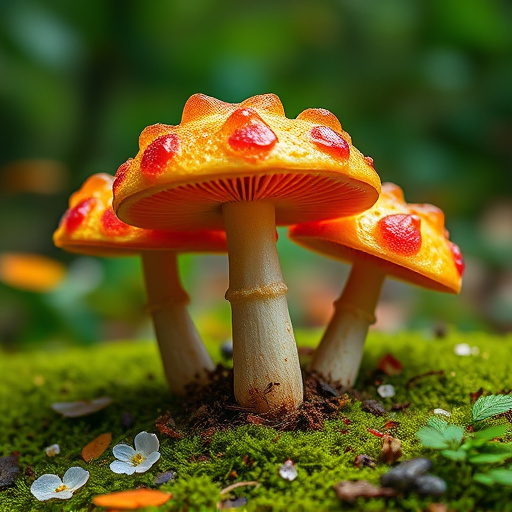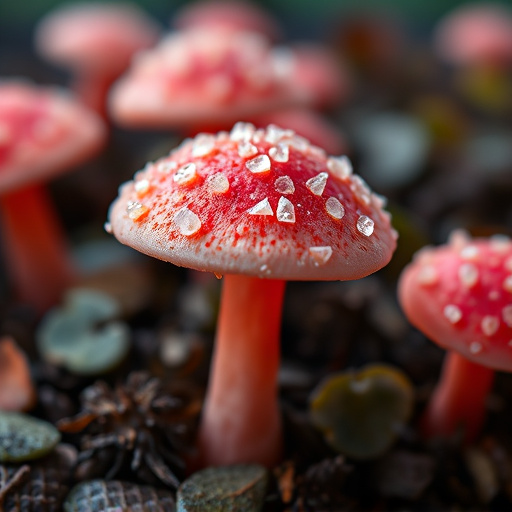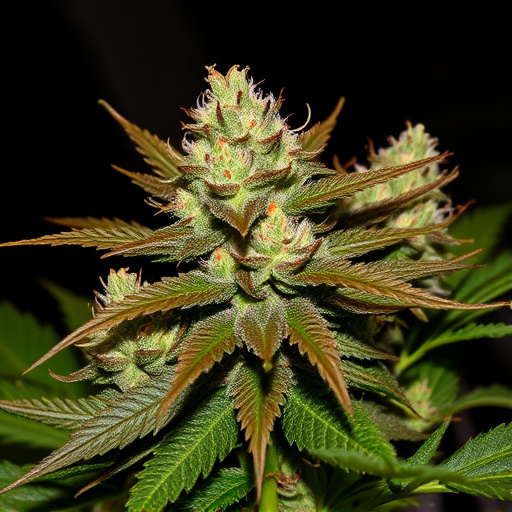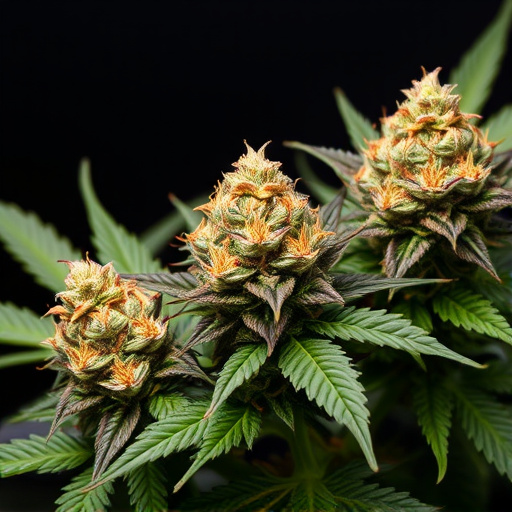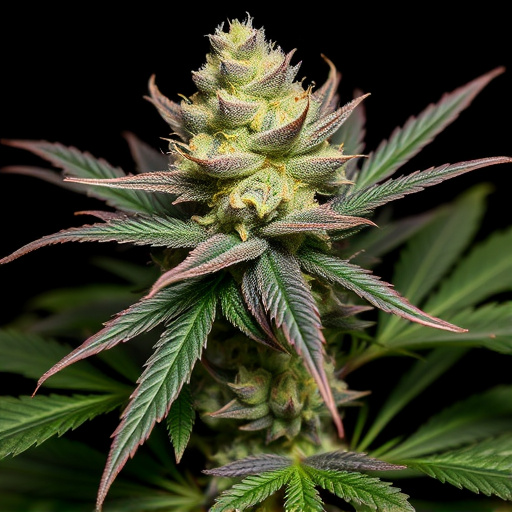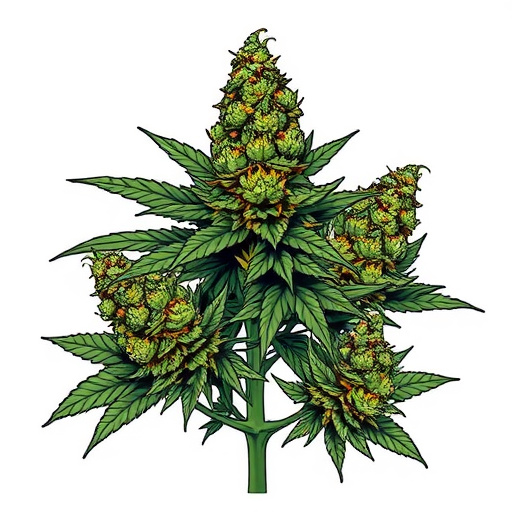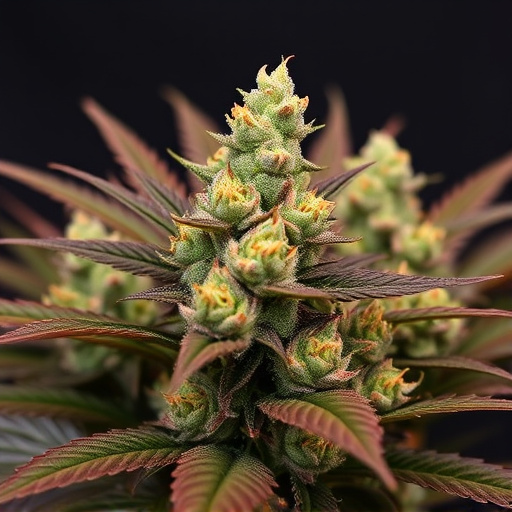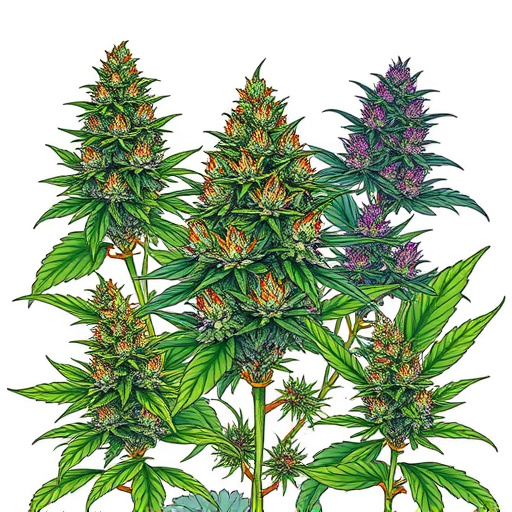TL;DR: Identifying spoiled indica dominant strains requires a visual and olfactory inspection for mold/mildew, significant aroma changes, and wilting signs. Cannabis flower quality degrades over time, affecting potency and effects. Proper storage—cool, dry conditions in airtight containers at room temp, away from sunlight—is crucial to preserving quality, along with maintaining humidity levels, to extend the lifespan of indica flowers for optimal aroma and experience.
Tired of opening your cannabis flower only to find it spoiled? This guide is your compass through the journey of quality assessment. We’ll equip you with the tools to identify bad cannabis through visual and olfactory cues, demystify cannabinoid profiles’ role in determining freshness, and share expert storage practices tailored for indica dominant strains. Maximize your experience by learning these secrets to ensure only the finest buds reach your rituals.
- Visual and Olfactive Cues: Identifying Signs of Spoilage
- Understanding Cannabinoid Profiles and Their Role in Quality
- Storage Practices: Preserving the Freshness of Indica Dominant Strains
Visual and Olfactive Cues: Identifying Signs of Spoilage
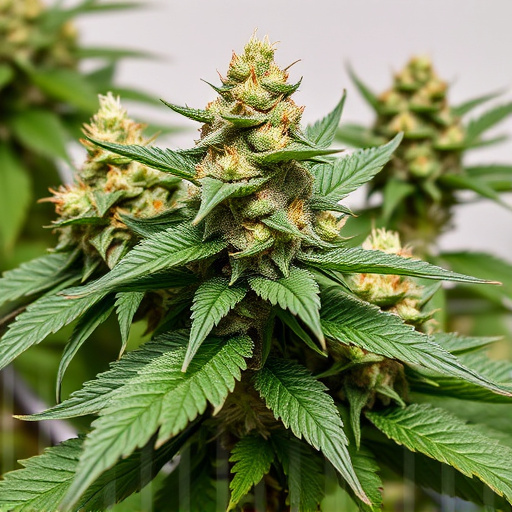
When it comes to identifying if your cannabis flower has gone bad, especially with indica dominant strains, the first steps involve a thorough visual and olfactive inspection. Start by observing any signs of mold or mildew growth on the buds. These can range from white, powdery substances to discolored spots that may appear black, brown, or yellow. Moldy cannabis not only looks unappetizing but also carries the risk of introducing harmful contaminants if consumed.
Next, take a deep breath and note any significant changes in aroma. High-quality indica dominant strains should have a rich, earthy, or floral scent. If you notice a pungent, foul, or off odor, it’s a strong indicator that the cannabis has spoiled. This can be due to oxidation or spoilage, which often leads to an unpleasant smell and taste. In addition, check for any signs of wilting or drying out, as these can also signal that the flowers are no longer fresh.
Understanding Cannabinoid Profiles and Their Role in Quality

Cannabis flowers, like any other perishable product, can deteriorate over time, and understanding their unique profiles is crucial to ensuring quality. One of the key factors in assessing cannabis is its cannabinoid profile—the chemical compounds that give it distinct effects and attributes. Cannabinoids such as THC (tetrahydrocannabinol) and CBD (cannabidiol) play a significant role in determining the plant’s potency, aroma, and overall user experience.
Indica dominant strains, for instance, are known for their relaxing and sedative properties due to higher levels of certain cannabinoids. As cannabis ages, these profiles can change, affecting both the product’s quality and its intended effects. Regular testing and knowledge of cannabinoid dynamics help consumers make informed choices, ensuring they get the desired experience from their cannabis flowers.
Storage Practices: Preserving the Freshness of Indica Dominant Strains
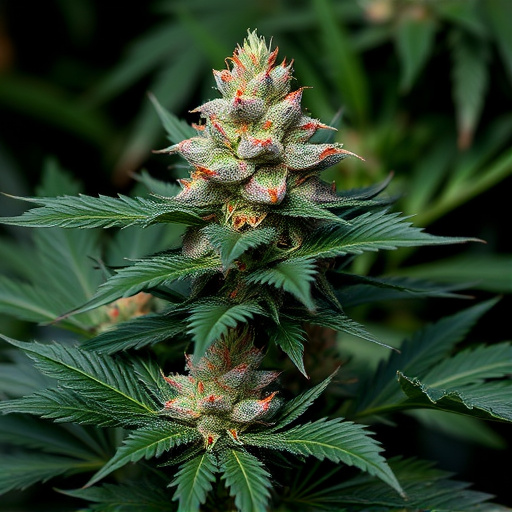
Proper storage practices are essential for preserving the freshness and potency of any cannabis flower, especially indica dominant strains known for their relaxing and sedative effects. These delicate plants can easily deteriorate if not handled correctly. One key strategy is to maintain a cool and dry environment. Indica strains should be stored in an airtight container at room temperature, away from direct sunlight and moisture. Refrigeration or freezing are not recommended for these varieties unless properly cured and prepared, as they can alter the cannabinoid profiles and produce unwanted flavors.
Additionally, maintaining a consistent humidity level is crucial. Too much moisture can lead to mold growth, while too little can cause the flower to dry out and lose its desirable traits. Using desiccant packets or a humidification system within the storage area can help regulate humidity levels. By adhering to these storage guidelines, users can extend the lifespan of their indica dominant strains, ensuring they maintain their aromatic profiles and provide a consistently enjoyable smoking or vaping experience.
When determining if cannabis flowers have gone bad, especially for those favoring indica dominant strains, a keen eye and nose are your best tools. By understanding visual and olfactory cues, recognizing changes in cannabinoid profiles, and implementing proper storage practices, you can significantly extend the life of your precious indica buds. Remember, fresh cannabis not only enhances the sensory experience but also ensures you’re investing in a product that offers the desired effects.
